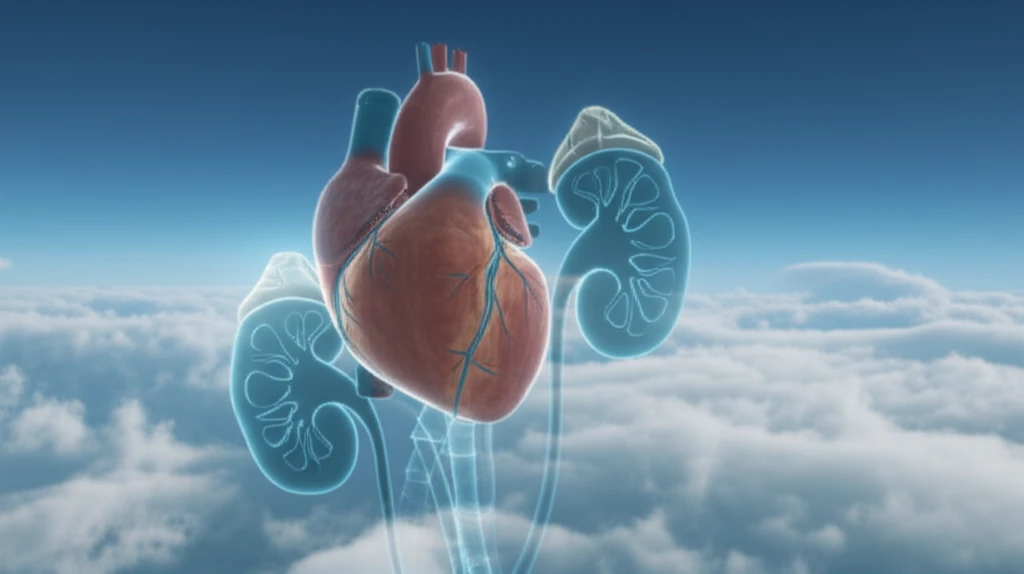
Kidney Disease and Heart Health: Can Parathyroidectomy Help?
"Discover how parathyroidectomy (PTX) can improve heart rate variability (HRV) in chronic kidney disease patients by correcting bone markers and reducing sympathetic hyperactivity."
Cardiovascular disease (CVD) is a major health threat for individuals with chronic kidney disease (CKD). The risk of cardiovascular issues and sudden death rises significantly due to changes in the cardiac autonomic nervous system, especially overactivity of the sympathetic nervous system (SNS). This overactivity can be measured through heart rate variability (HRV), a crucial indicator of cardiac autonomic function.
Chronic kidney disease–mineral and bone disorder (CKD-MBD) is another frequent issue in CKD patients. It involves problems with mineral and bone metabolism, bone structure, and vascular calcification, all of which raise the risk of CVD and mortality. A common treatment for severe secondary hyperparathyroidism (SHPT) which contributes to bone pain, fractures, CVD, and increased mortality is parathyroidectomy (PTX).
A recent study has explored the connection between circulating bone markers and heart rate variability (HRV) in CKD patients. The findings indicate that parathyroidectomy (PTX) can enhance heart rate variability (HRV) by addressing specific bone markers and reducing sympathetic overactivity. This offers new hope for improving both kidney and heart health in this patient population.
How Does Parathyroidectomy (PTX) Improve Heart Health in CKD Patients?

The study, published in International Urology and Nephrology, examined the effects of parathyroidectomy (PTX) on blood bone markers and heart rate variability (HRV) in patients with stage 5 chronic kidney disease. Researchers conducted a cross-sectional study involving 134 stage 5 CKD patients and 100 controls, along with a prospective study of 29 PTX patients with follow-up data.
- Intact parathyroid hormone (iPTH): Regulates bone remodeling.
- Bone-specific alkaline phosphatase (BAP): Indicates bone formation.
- Tartrate-resistant acid phosphatase 5b (TRACP-5b): Indicates bone resorption.
- Fibroblast growth factor 23 (FGF23): A bone-derived hormone.
Looking Ahead: Improving the Future of CKD and Heart Health
The insights from this study offer new possibilities for managing CKD-MBD patients and reducing their cardiovascular risk. However, further research is needed to fully understand the interactions between bone markers, heart rate variability, and cardiovascular outcomes. By establishing the diagnostic and prognostic value of circulating bone biomarkers, healthcare professionals can develop more effective and integrated treatment strategies to improve the quality of life and overall health for individuals with chronic kidney disease.
